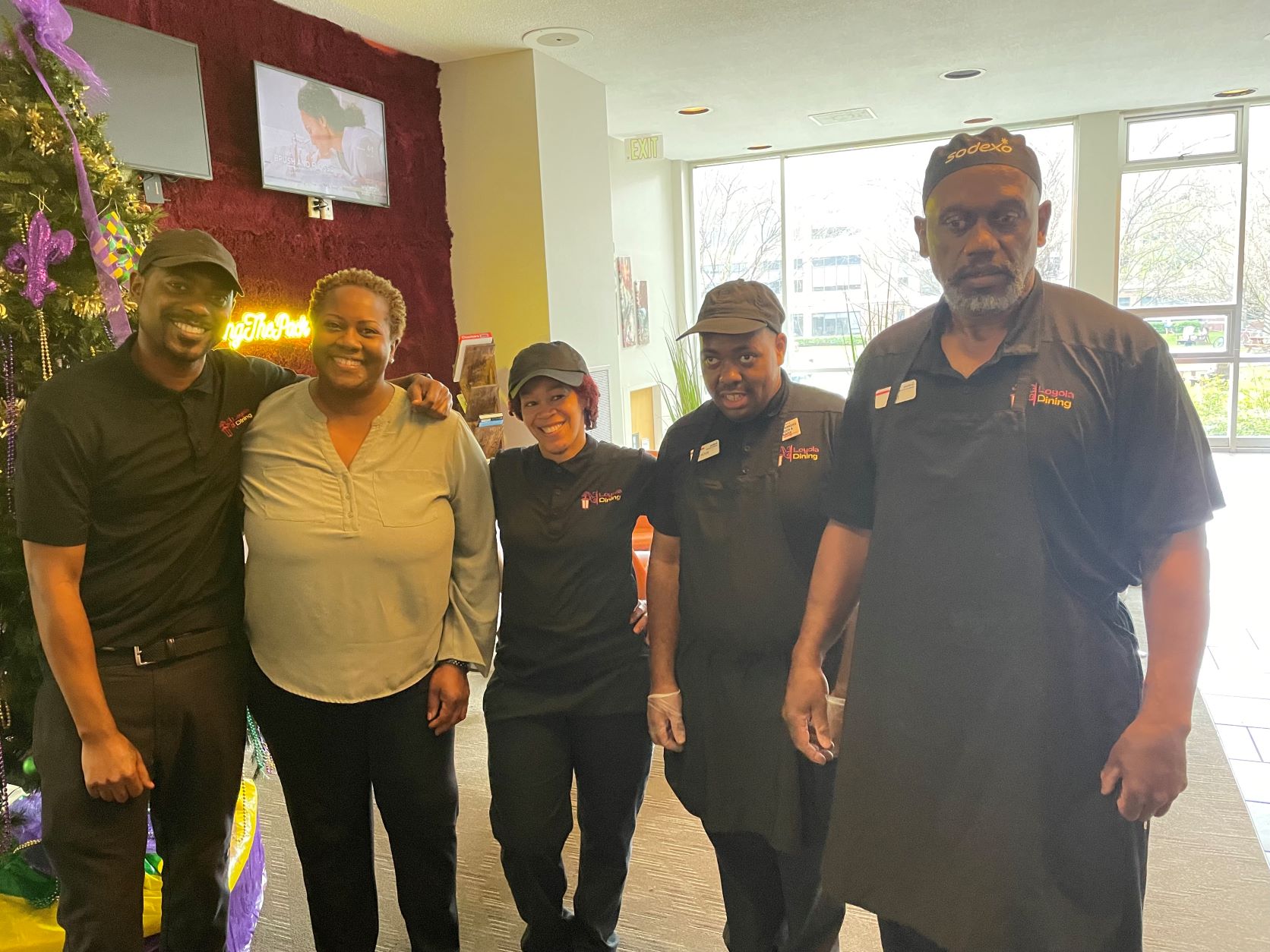Casey Coleman found her future at lighthouse
Scroll
Casey Coleman found her future at lighthouse
When Casey Coleman was 18 months old, she was diagnosed with a rare genetic disorder called achromatopsia. The condition is characterized by loss of color vision, light sensitivity, and other visual acuity issues, such as myopia and hyperopia. People with achromatopsia experience these disabilities in varying degrees. Doctors told the Colemans that their daughter would never be able to go to college or drive a car. As Casey grew older, overcoming these limitations became her focus. In her elementary years, Casey found a new beginning at Lighthouse Louisiana.
“Lighthouse gave me the environment to see that anything I wanted to do was possible,” said Casey. “Before I went to Lighthouse, I was stuck in a world that I had to adapt to. At Lighthouse, the world adapted for me.”
Casey enrolled in vision rehabilitation training with Eric Mills, Orientation and Mobility Specialist, and over a four-year period, learned that there were no barriers to define her future. Orientation and mobility training taught her how to walk with a white cane, she learned braille and was trained in visual aids and the computer programs that allowed her to join her peers on her educational journey.
“They told me I would never get my driver’s license, but at Lighthouse, I saw people with disabilities driving,” said Casey. “They said I would never go to college, but I met people there with PhDs. Lighthouse gave me hope.”
Although Hurricane Katrina disrupted her vision rehabilitation, Casey came back to town ready to put what she learned into practice. She also learned how to advocate for herself, insisting on the adaptive devices that would level her playing field. After high school, Casey left home to attend Northwestern State University in Natchitoches. She went on to obtain her Master’s in Marriage and Family Therapy at Nova Southeastern University in Florida. And, not surprisingly, she did get her driver’s license and bought her first car shortly thereafter.
“Being the only one in my family to have this disorder was my first hurdle. When I went out into the world, I was still the only one,” said Casey. “Then I found a place where I wasn’t the only one with vision problems. Lighthouse gave me a sense of community. It’s a place where everyone is accepted. It’s a place where people can see there’s an alternative to the ones they’ve been shown in society.”
